Savings Rate
Savings rate in cloud computing refers to the percentage reduction in costs achieved by optimizing resource usage, selecting cost-efficient pricing models, or utilizing discounts and savings mechanisms offered by cloud
Savings rate in cloud computing refers to the percentage reduction in costs achieved by optimizing resource usage, selecting cost-efficient pricing models, or utilizing discounts and savings mechanisms offered by cloud
Self-supervised learning is a type of machine learning where models learn to understand data by creating labels from the data itself. Unlike supervised learning, which relies on large amounts of
What is Semantic Search? Semantic search is an advanced search technology that improves how queries are processed and understood. Unlike traditional keyword-based search engines, it focuses on meaning, context, and
A Service-Level Agreement (SLA) clearly defines service expectations between providers and consumers. It sets the foundation for performance standards, uptime guarantees, and response times in IT services, particularly cloud computing,
Site Reliability Engineering (SRE) has emerged as a crucial discipline to ensure modern applications’ high availability, scalability, and reliability. Initially pioneered by Google, SRE bridges the gap between software development
Speech-to-text (STT), also known as Automatic Speech Recognition (ASR), is a technology that converts spoken language into written text. It uses signal processing and machine learning algorithms to analyze audio
Spot instances are a pricing model offered by cloud providers such as AWS, Google Cloud, and Microsoft Azure. They allow users to rent unused cloud capacity at a significantly lower
In modern DevOps, managing workloads efficiently is critical for ensuring application stability, scalability, and reliability. Workloads are generally classified into two types: stateless and stateful. While stateless workloads do not
Synthetic data is artificially generated data that is created using algorithms instead of being collected from real-world events. It mimics the structure, patterns, and characteristics of real data without containing
In DevOps and modern software development, ensuring code reliability, maintainability, and efficiency is a top priority. Test-driven development (TDD) is one of the most effective methodologies for achieving these goals.
What Are Text Embeddings? Text embeddings convert words, phrases, sentences, or entire documents into numerical representations, making it easier for machines to process language. Unlike traditional text-processing methods that rely
Text-to-image models are a generative artificial intelligence (AI) system that can create images from written descriptions. These models take a text, often called a prompt, and produce a visual representation
Text-to-speech (TTS) is an assistive and generative technology that converts written text into spoken voice output. It uses artificial intelligence (AI) and speech synthesis techniques to produce natural-sounding audio from
Text-to-video models are AI systems that help to generate video content directly from text descriptions. These models analyze the meaning and context of the input text and produce sequences of
What is a Token Limit? A token limit refers to the maximum number of tokens a language model can process in a single interaction. In natural language processing (NLP) and
Tokenization converts something into smaller, manageable, and standardized units called tokens. The term has two primary meanings in modern technology: In Natural Language Processing (NLP): Tokenization breaks down text into
Total Cost of Ownership (TCO) in cloud computing refers to the complete cost of owning and operating a cloud environment over a specified period. Unlike direct costs, such as subscription
In modern DevOps practices, ensuring seamless deployments, feature rollouts, and application stability is crucial for delivering high-quality software. Traffic splitting is a technique that enables teams to control how user
In modern software systems, ensuring transactions execute smoothly, securely, and efficiently is critical to maintaining application performance and user satisfaction. Transaction monitoring is essential in tracking, analyzing, and optimizing these
Transfer learning is a machine learning technique where a model trained on one task is reused or adapted to perform a different but related task. Instead of starting from scratch,
